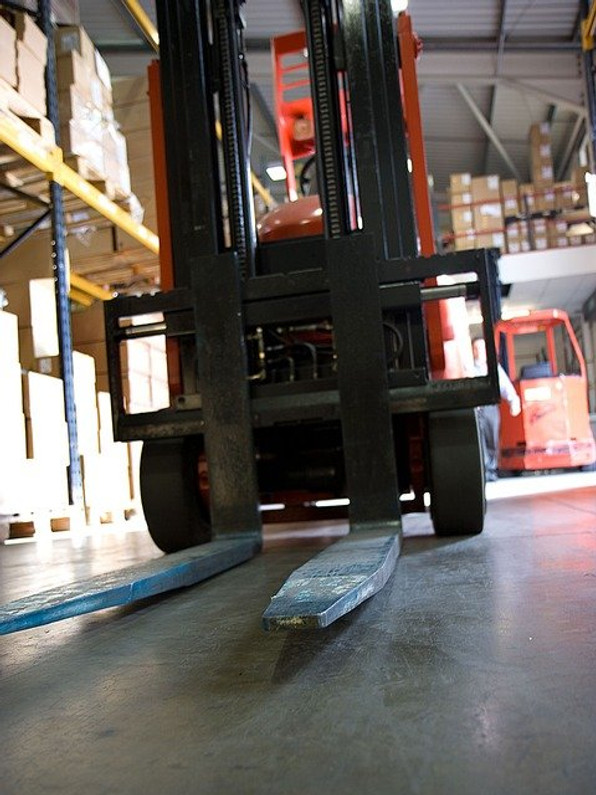The Beginner's Guide to Counterbalance Forklifts
Forklifts are used extensively in industrial material-handling applications. To move materials within their workplace, many businesses rely on forklifts. Also known as fork trucks, forklifts are small motorized trucks that feature a lifting mechanism. While all forklifts are capable of lifting and moving materials, they are available in different types, one of which is counterbalance.
What Is a Counterbalance Forklift?
A counterbalance forklift is a type of forklift that, as the name suggests, is designed with a counterbalance. It features a weighted rear section that counters the weight of a load. Like most forklifts, counterbalance forklifts have a pair of lifting forks at the front. When operating a counterbalance forklift, you can raise or lower the front-facing lifting forks. Counterbalance forklifts simply have a weighted rear section that acts against the weight of the forks' loads.
How Counterbalance Forklifts Work
There are nearly a dozen different types of forklifts, but none are more popular than counterbalance. Counterbalance has become the preferred type of forklift among many businesses. How do they work exactly?
All counterbalance forklifts weigh more in the rear than they do in the front. They are constructed with a weighted rear section. In the case of electric-powered counterbalance forklifts, the battery or battery bank is placed in the rear. Because batteries are relatively heavy, they weigh down the rear of the forklifts. This added weight in the rear will compensate for the weight of a load.
Safety Tips for Operating a Counterbalance Forklift
If you're going to use a counterbalance forklift, there are several safety tips you should follow. Counterbalance forklifts can cause injury when used improperly. Fortunately, you can protect yourself from injury by embracing some safety guidelines.
Before using a counterbalance forklift, you should perform a visual inspection. Make sure the tires are inflated with the appropriate amount of air and evaluate the condition of the forks for signs of wear and wear. You should also pay attention to the path in front of you while driving a counterbalance forklift. If a load is obstructing your view, consider driving it in reverse.
Don't forget to wear personal protective equipment (PPE) when operating a counterbalance forklift. You may need hearing protection, eye protection and a reflective safety vest. PPE is essential for protecting against injury. By wearing the right PPE, you'll be less likely to sustain an injury while operating a counterbalance forklift.
Recent Posts
-
Fire Safety in the Workplace: What You Need to Know
What steps are you taking to prevent fires in your workplace? According to the U.S. Occupational Saf …Aug 23rd 2023 -
Is It Safe to Go Jogging With a Cold Infection?
If you're suffering from a cold infection, you might be wondering whether it's safe to go jogging. T …Aug 22nd 2023 -
5 Safety Tips to Follow When Using a Powder-Actuated Tool
Powder-actuated tools are commonly used to join materials to steel and concrete. Also known as Hilti …Aug 20th 2023




